
OR
Inflation cools down to 3.8 percent
Published On: January 17, 2017 01:00 AM NPT By: Republica | @RepublicaNepal
Base effect, improved supply system brought inflation down: NRB
KATHMANDU, Jan 17: Inflation significantly decelerated to 3.8 percent in mid-December last year from 11.6 percent in the corresponding period of the last Fiscal Year 2015/16.
The inflation, as measured in consumer price index, is continuously decelerating since mid-June 2016 amid improvement in supply system in recent months following a double-digit growth in the latter half of the last fiscal year.
Releasing 'Current Macroeconomic and Financial Situation of Nepal based on five months data 2016/17' on Monday, the Nepal Rastra Bank (NRB) said that the rate of price rises on year-on-year basis is dropping rapidly since mid-June this year. The NRB has attributed a number of factors, including the normalization of supply system, to the slowdown in price rise.
"The base effect, improved supply situation and deceleration in Indian inflation are the underlying factors for low inflation in recent months," reads the monthly periodic report of the central bank.
While inflation has cooled down to merely 3.8 percent in the five months of the current fiscal year, analysts say that the price is still at a higher end given that base price was very high due to shortage of goods in the blockade period which had driven up prices. The earthquakes in 2015 and unofficial blockade imposed by India in the last week of September 2015, which lasted till the first week of February last year, had created shortages of essential supplies. Earlier last year during this period, the price was rising in such an alarming rate that the central bank even warned that there could be stagflation if the current Tarai turmoil and undeclared economic blockade continued for long.
Stagflation refers to a situation of contraction of economic growth coupled with rise in inflation and unemployment.
Food inflation dropped to 0.6 percent in mid-December 2016, compared to 14.8 percent in the corresponding month of 2015. The non-food inflation also moderated to 6.5 percent during the review period from 9.1 percent, according to the report. "The decline in transportation and communication prices contributed to moderation in non-food inflation in the review period," it added.
The hilly region witnessed a relatively higher rate of inflation of 5.6 percent followed by Tarai and Mountain, both at 3.7 percent, and the Kathmandu Valley at 2.5 percent in the review period.
The inflation wedge between Nepal and India has narrowed down significantly in recent months, according to the report. The year on year consumer price inflation was slightly lower at 3.4 percent in India compared to 3.8 percent in Nepal in December 2016, showing an inflation wedge of 0.4 percent. Such inflation was 5.6 percent in India and 11.6 percent in Nepal reflecting a wider inflation differential of 6 percent in the corresponding period of the previous year.
You May Like This

'Milk consumption down by 30 percent due to coliform rumors'
KATHMANDU, July 9: Milk consumption has come down by around 30 percent after the government's inspection found presence of coliform bacteria... Read More...

Inflation remains at 5 percent
KATHMANDU, June 8: While Nepal Rastra Bank (NRB) has aimed to contain annual average inflation below 7.5 percent in the current... Read More...
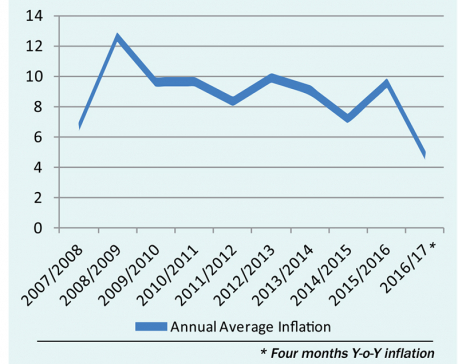
Inflation slows to 4.8 percent
KATHMANDU, Dec 16: Following a ‘spiralling rise in prices’ in the last fiscal year due to prolonged tarai unrest and unofficial... Read More...
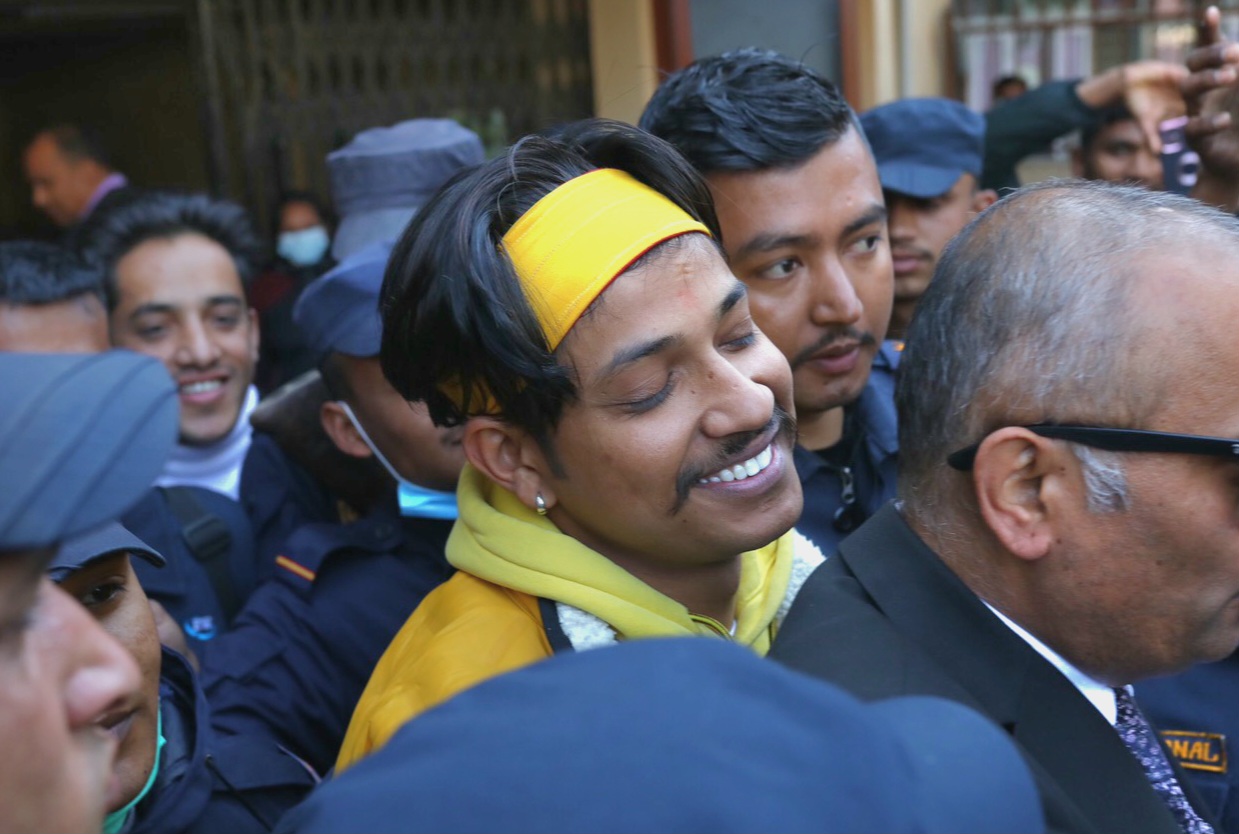
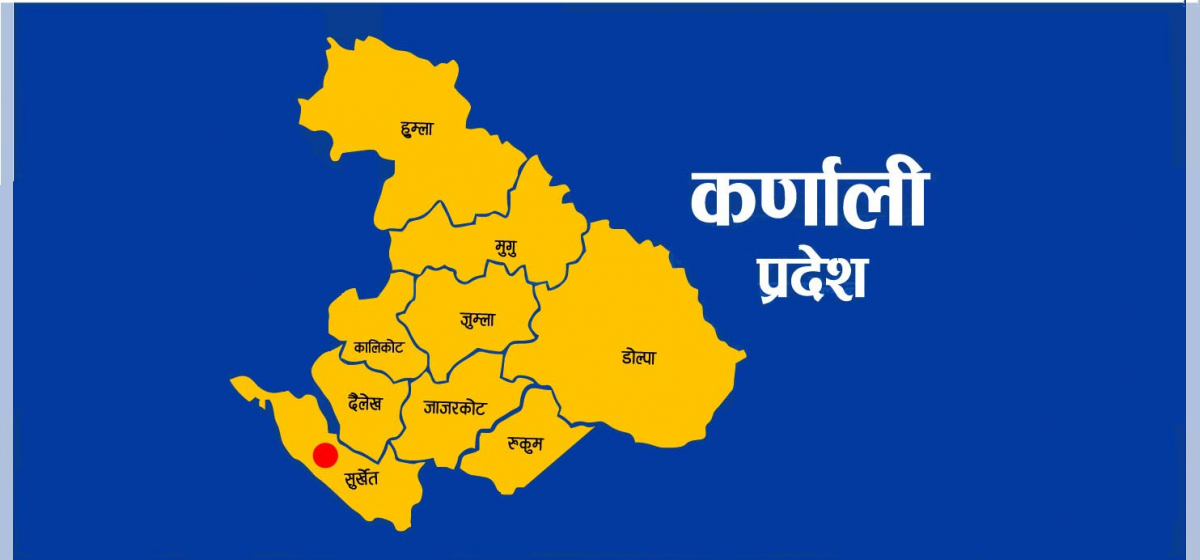
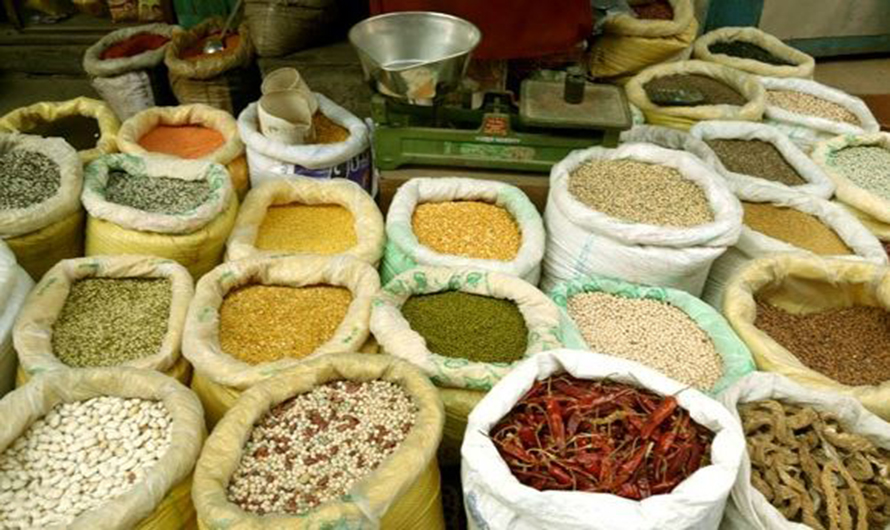
Just In
- Kathmandu witnesses surge of 2,000 new commercial bank branches in six years
- Crops and livestock special production zone scheme implemented in 10 districts of Karnali
- Rising food prices cause business slowdown
- Madhesh Province Assembly meeting postponed after Janamat’s obstruction
- Relatives of a patient who died at Karnali Provincial Hospital 6 days ago refuse body, demand action against doctor
- Khatiwada appointed as vice chairman of Gandaki Province Policy and Planning Commission
- China's economy grew 5.3% in first quarter, beating expectations
- Nepal-Bangladesh foreign office consultations taking place tomorrow



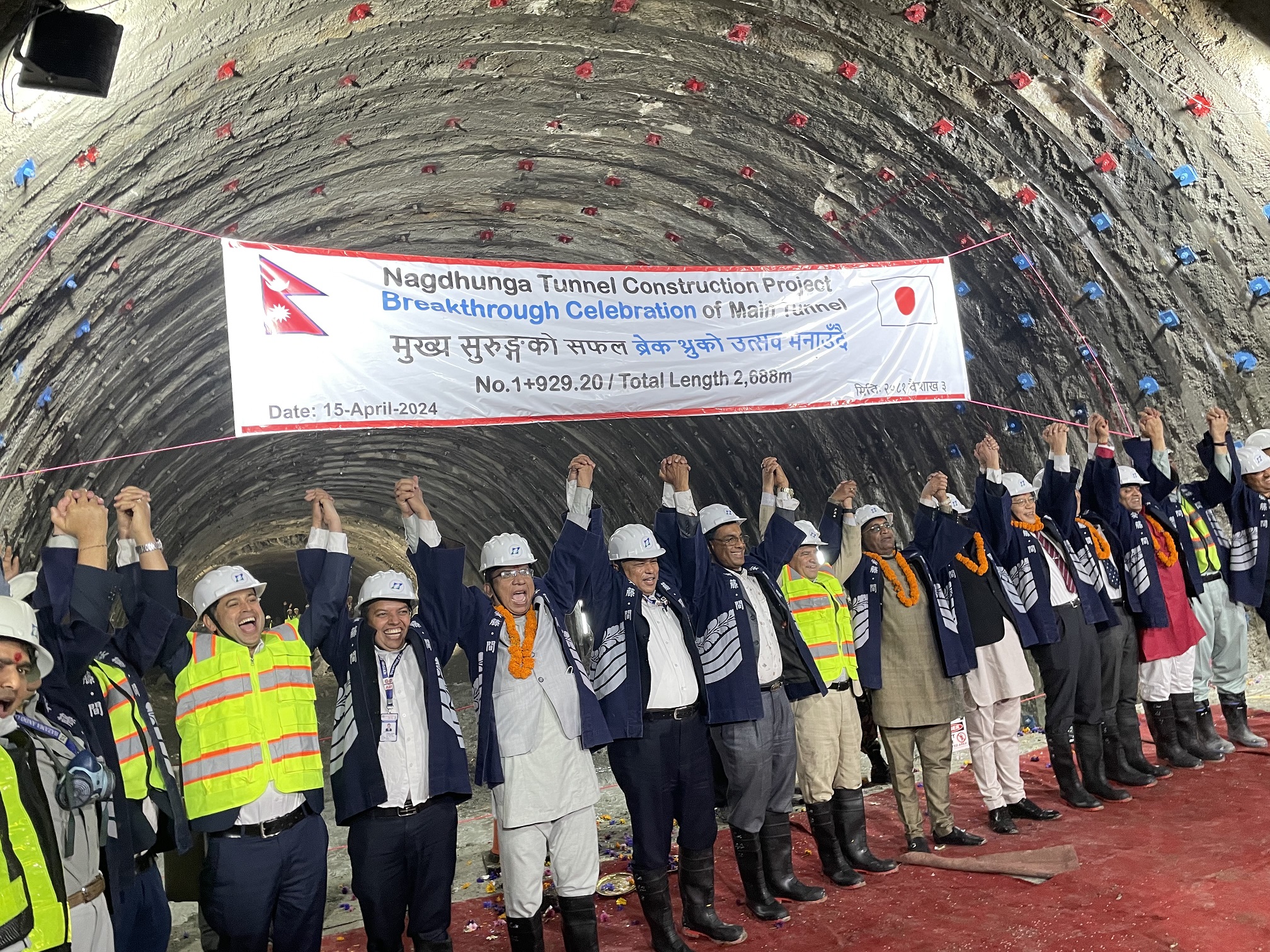



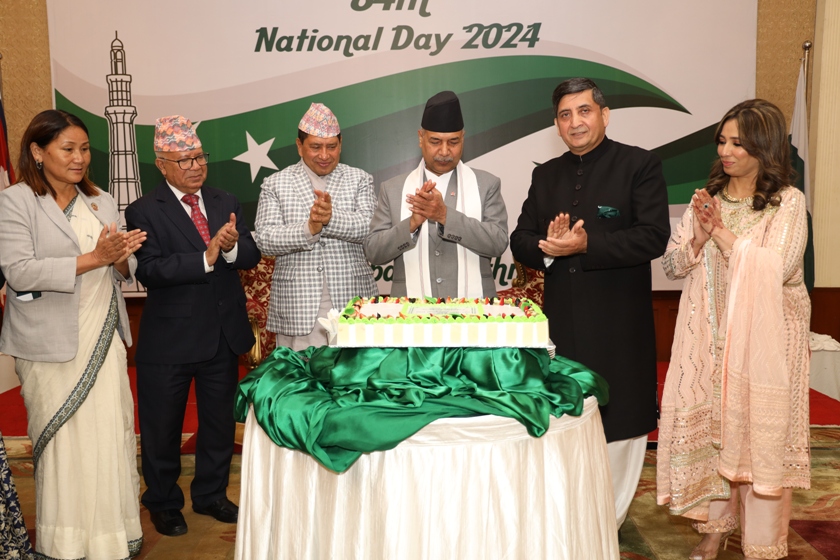

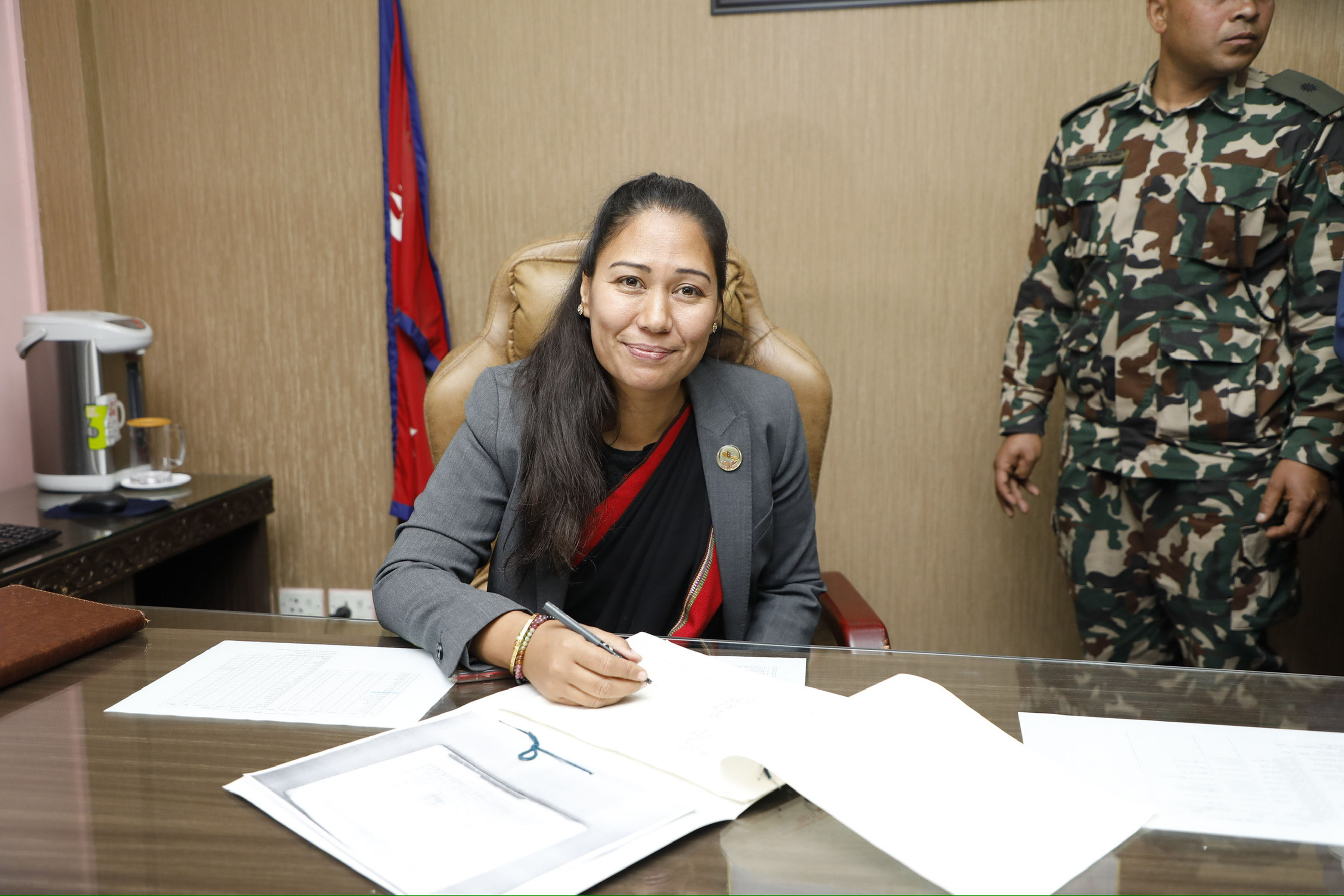

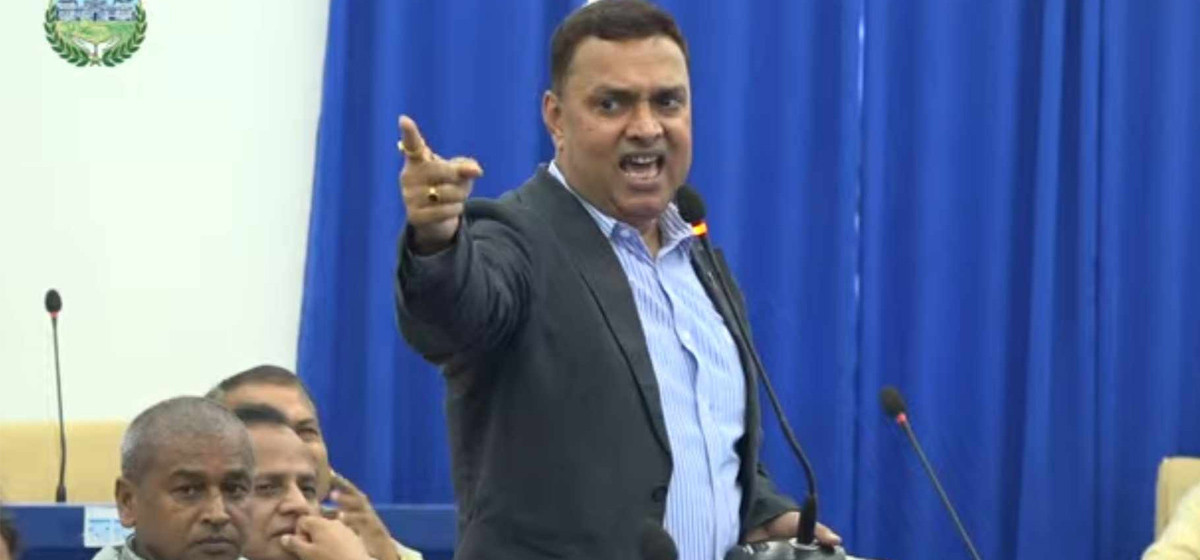
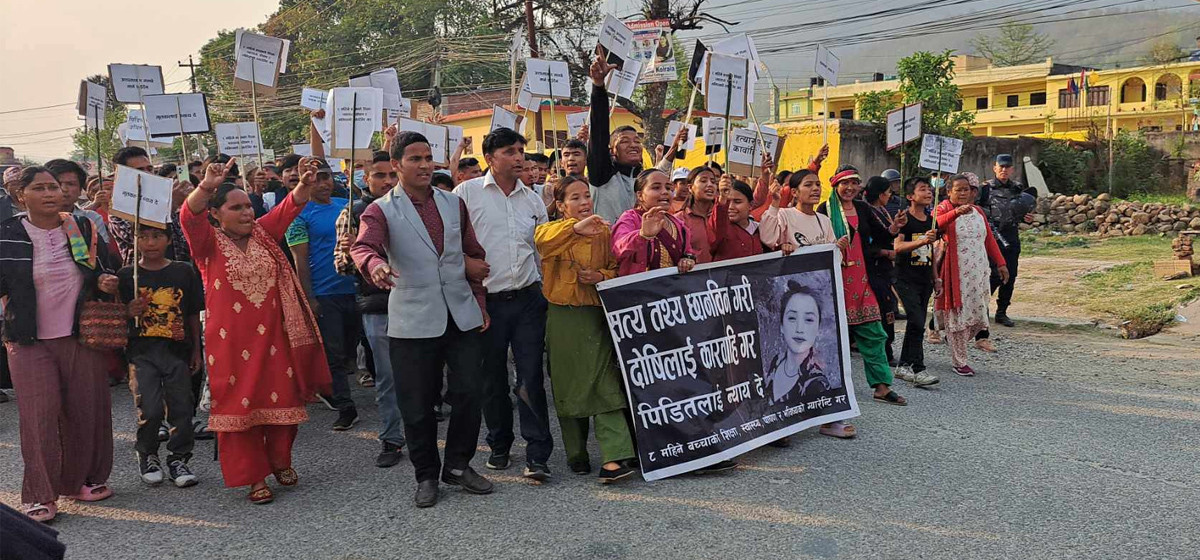
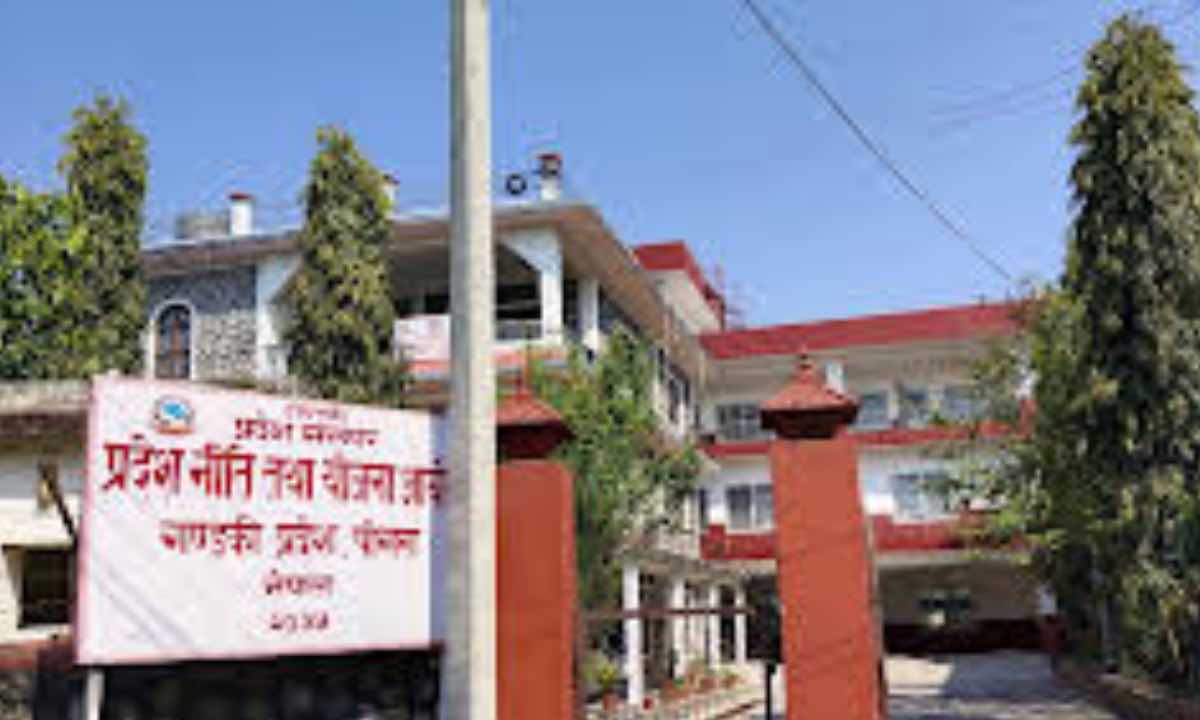
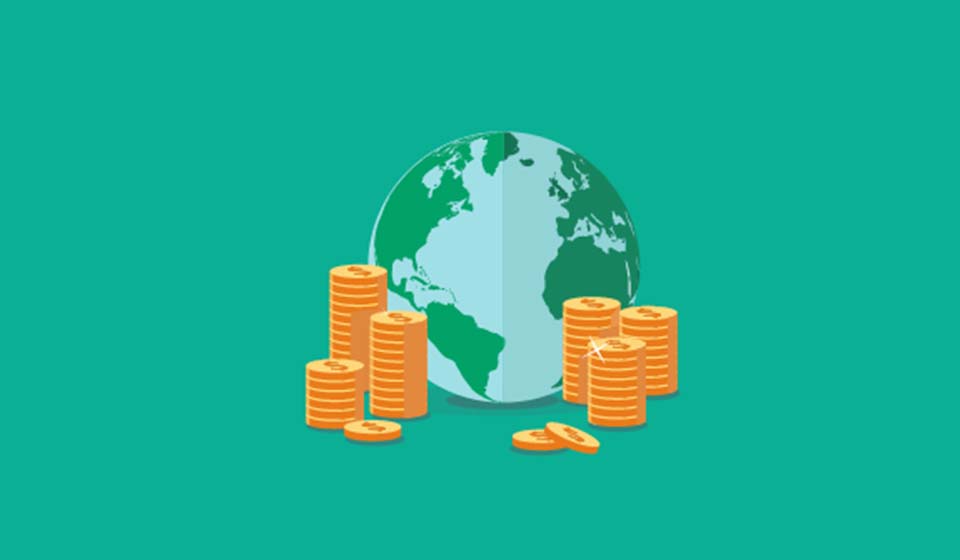
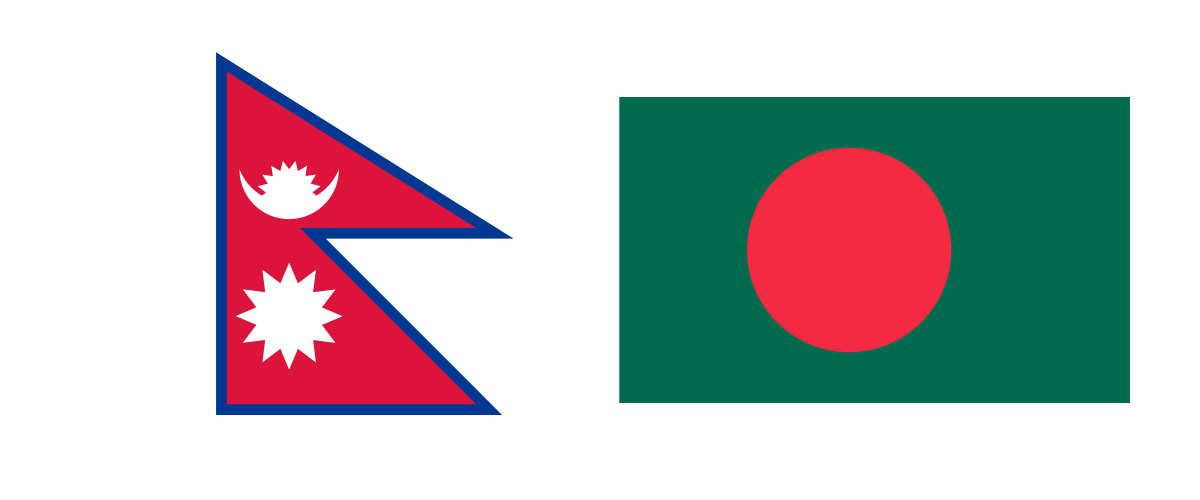
Leave A Comment